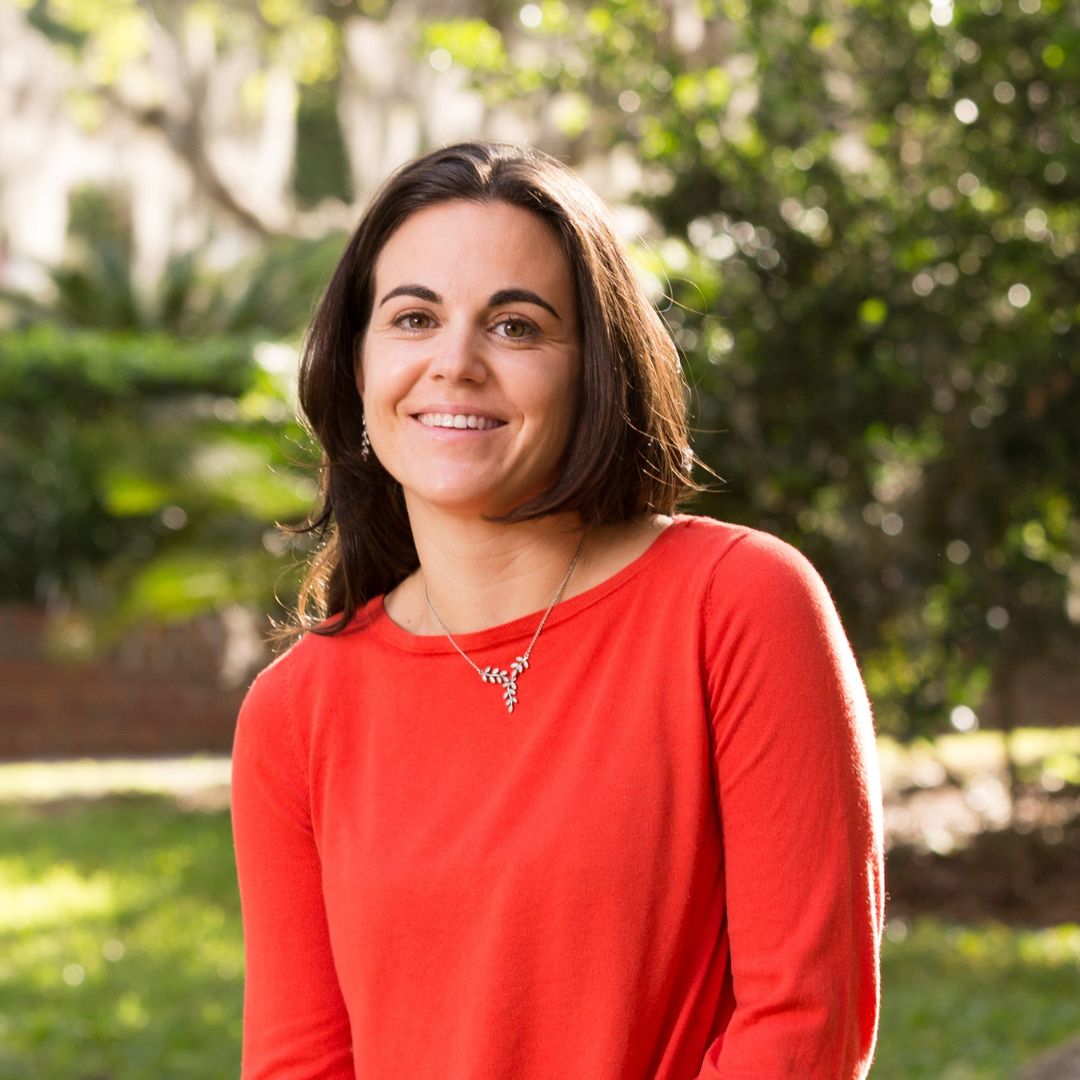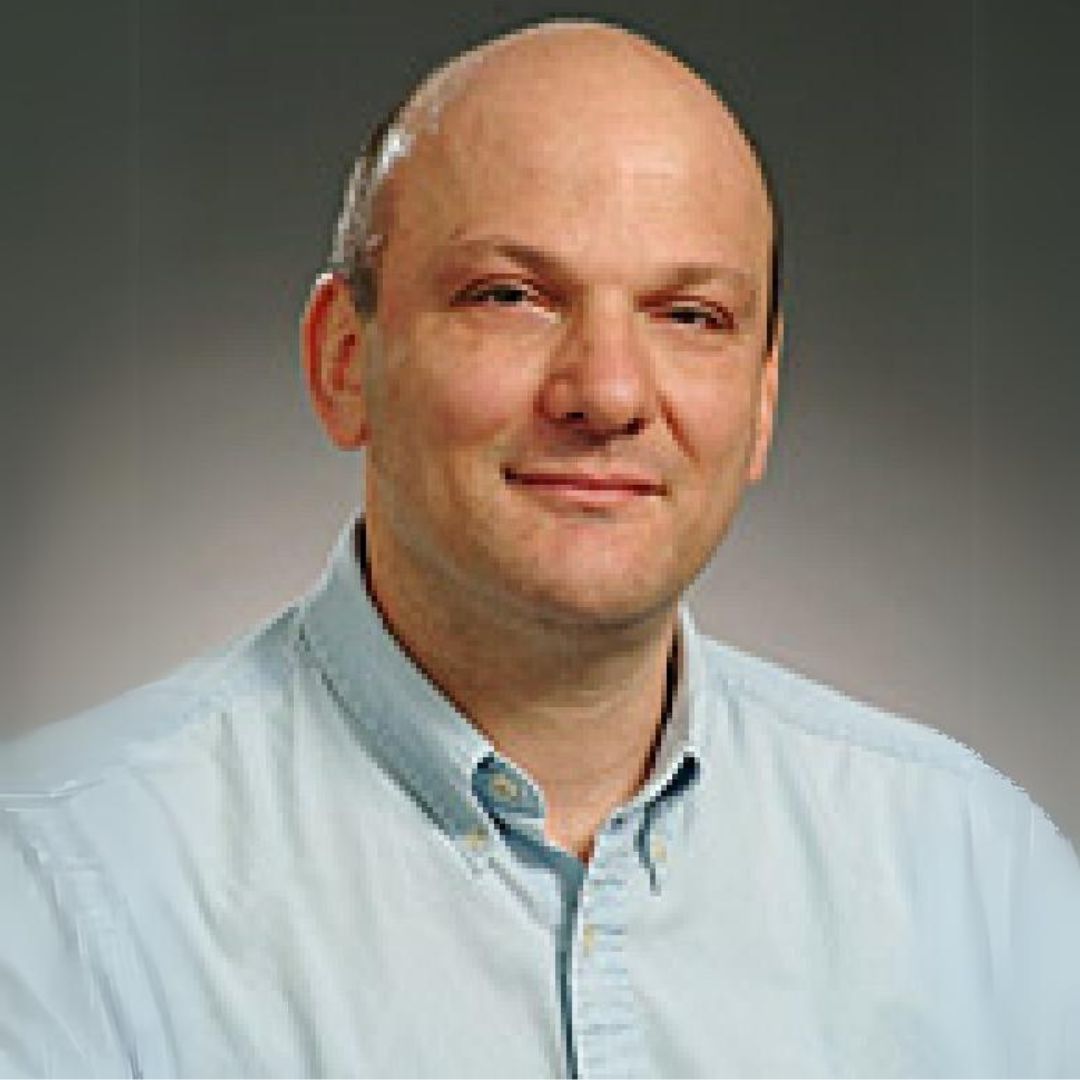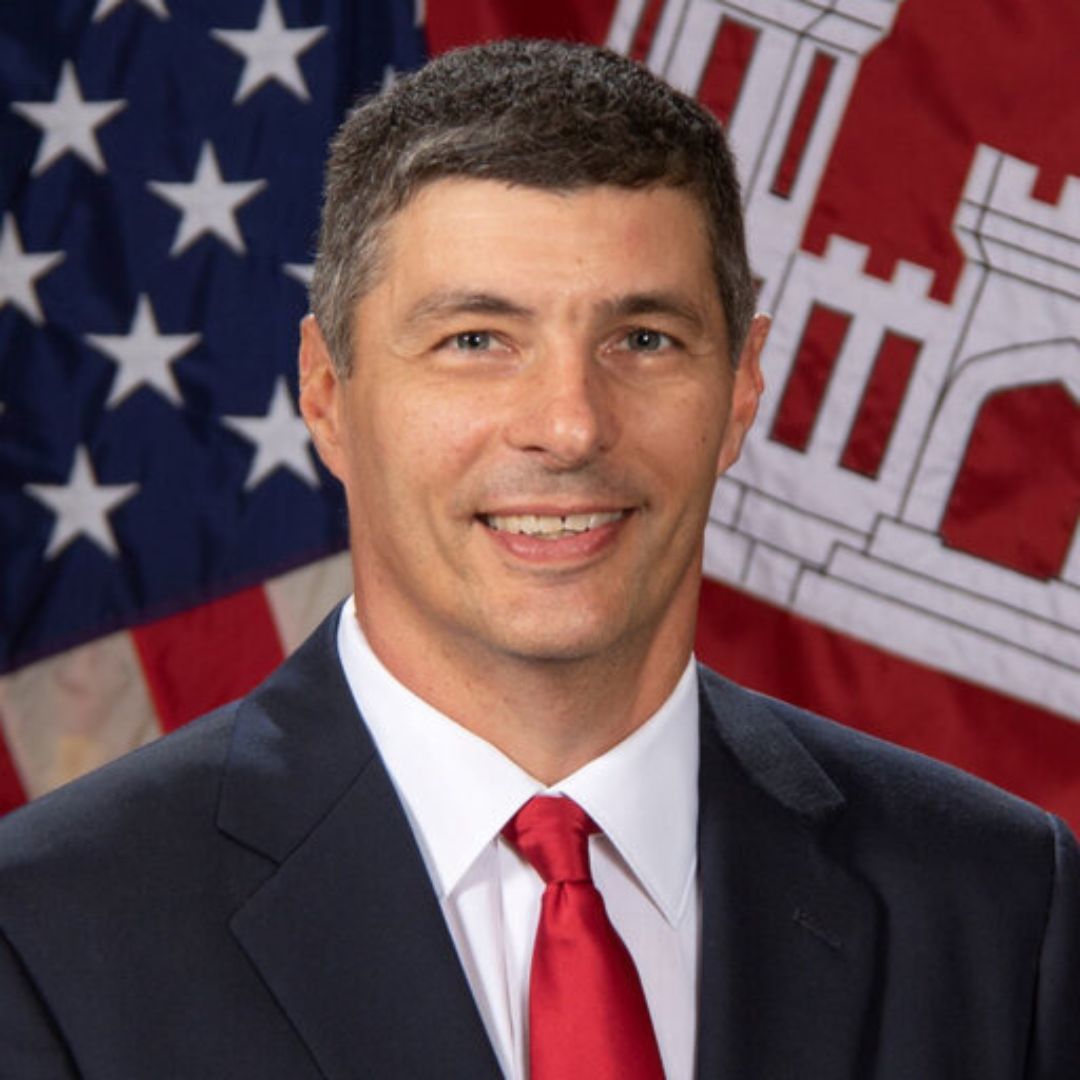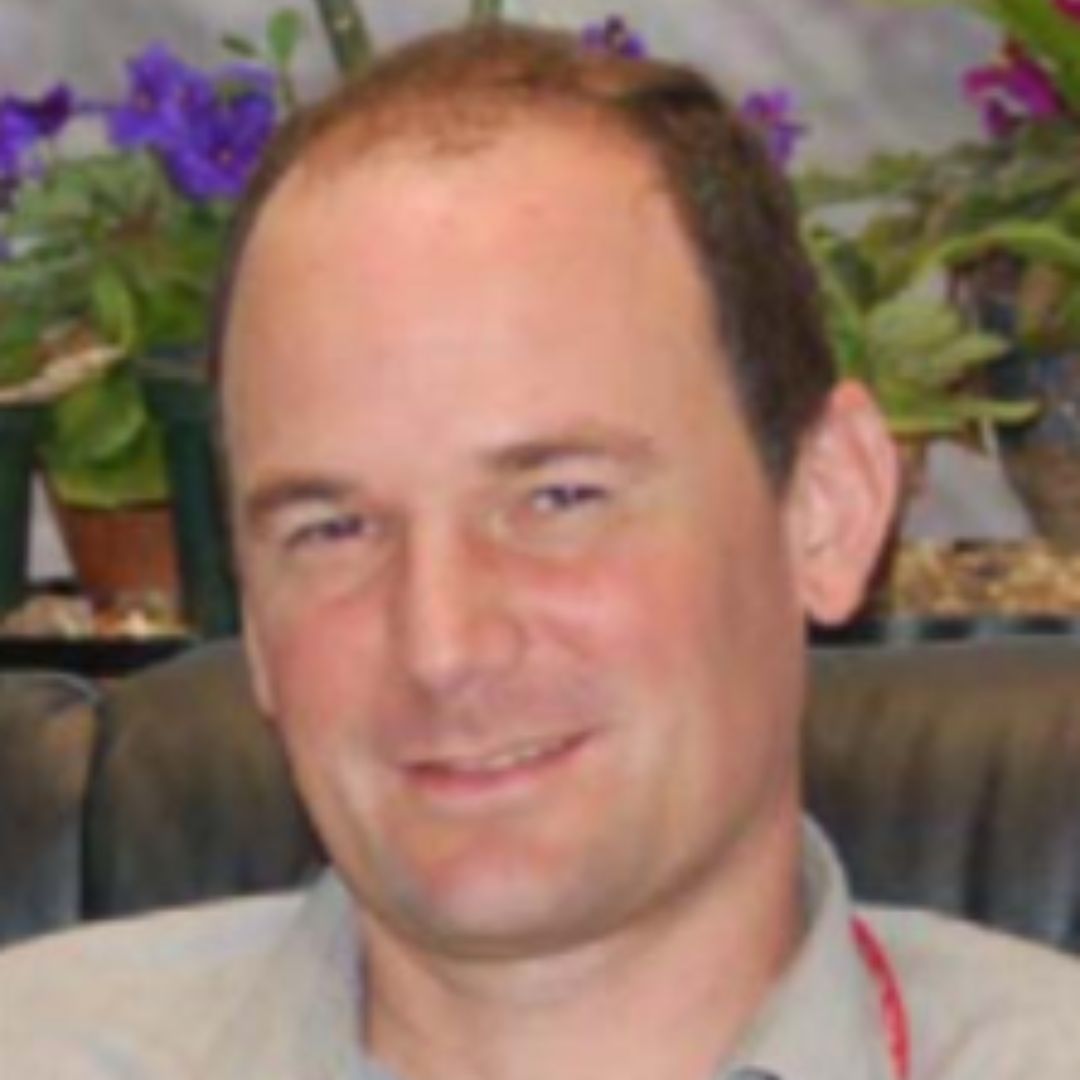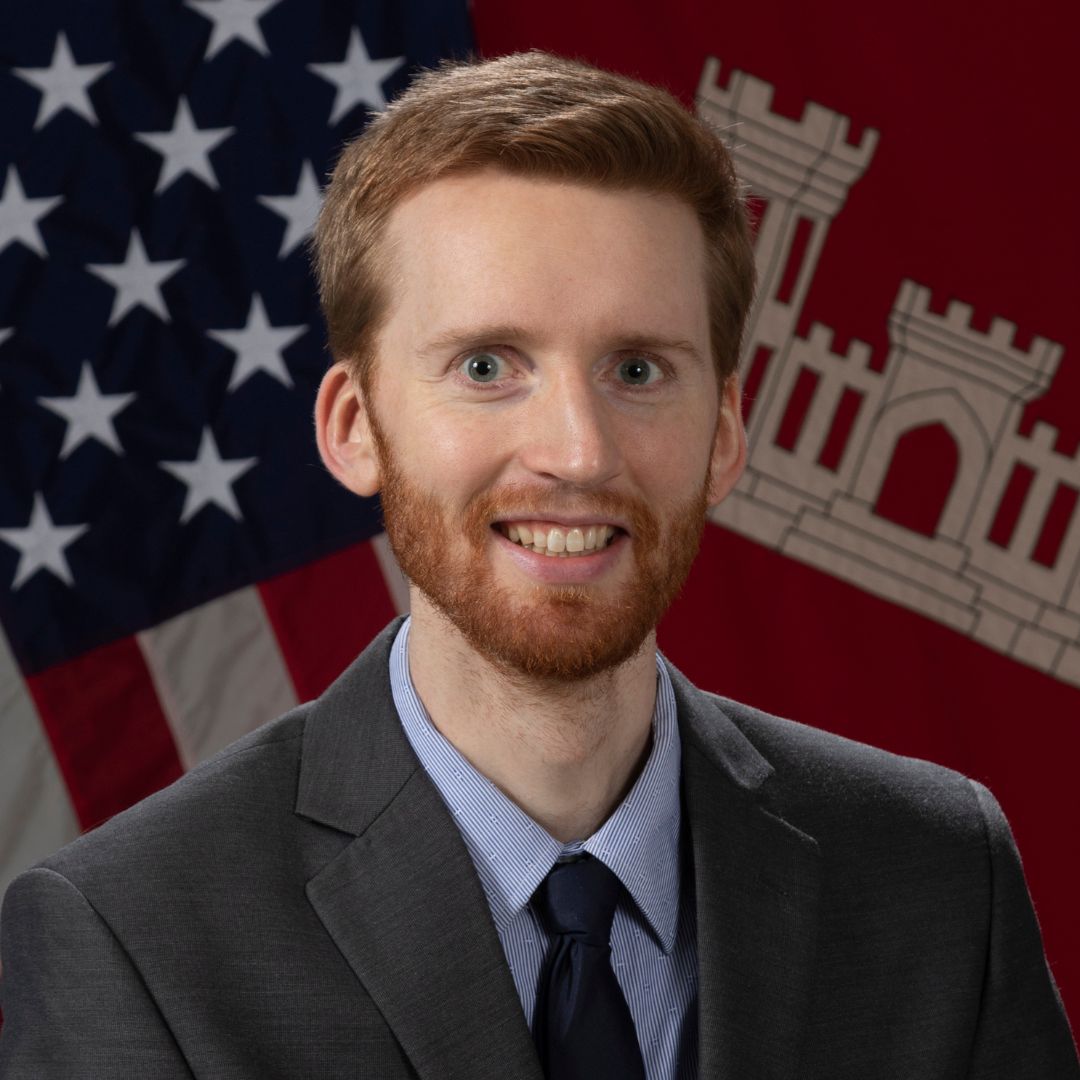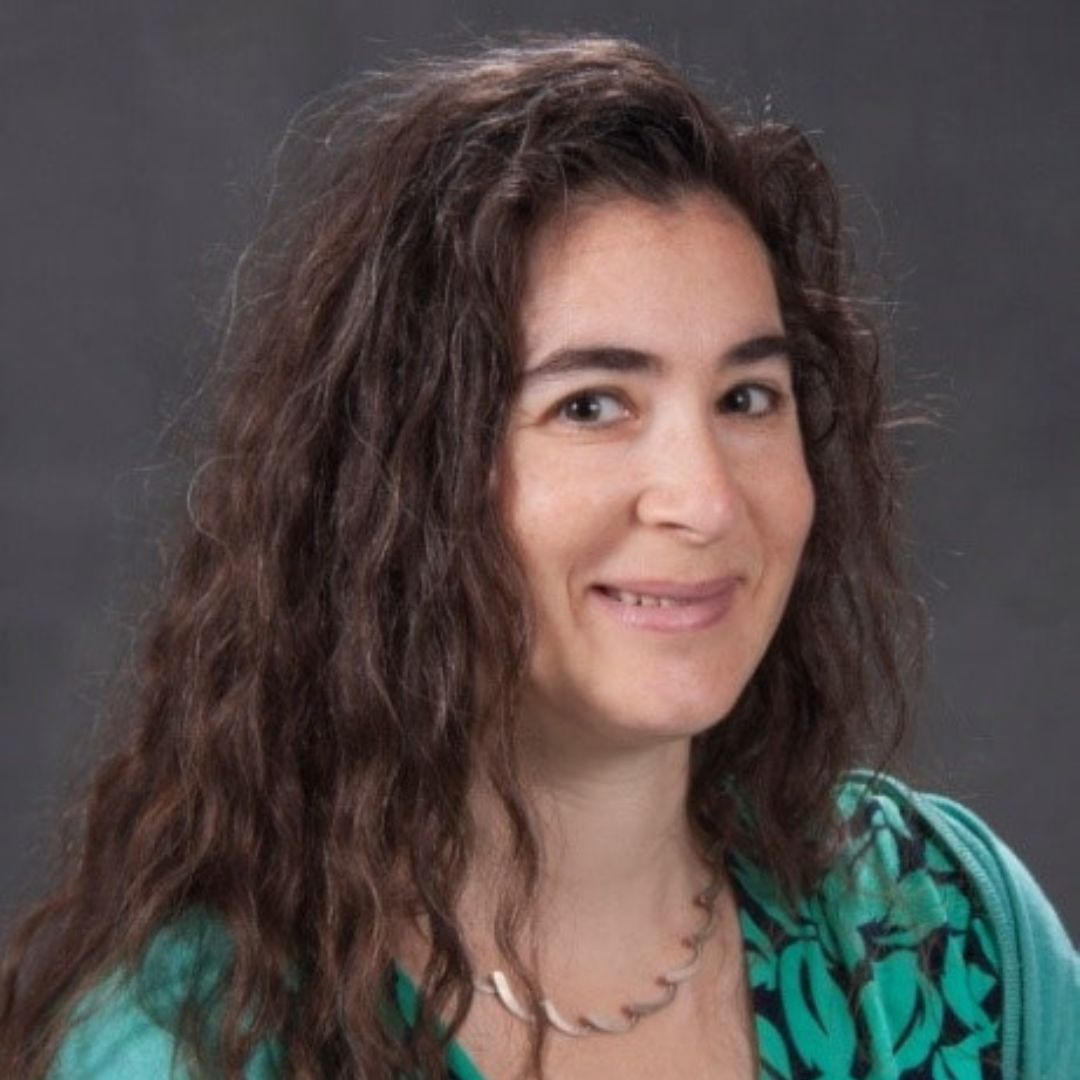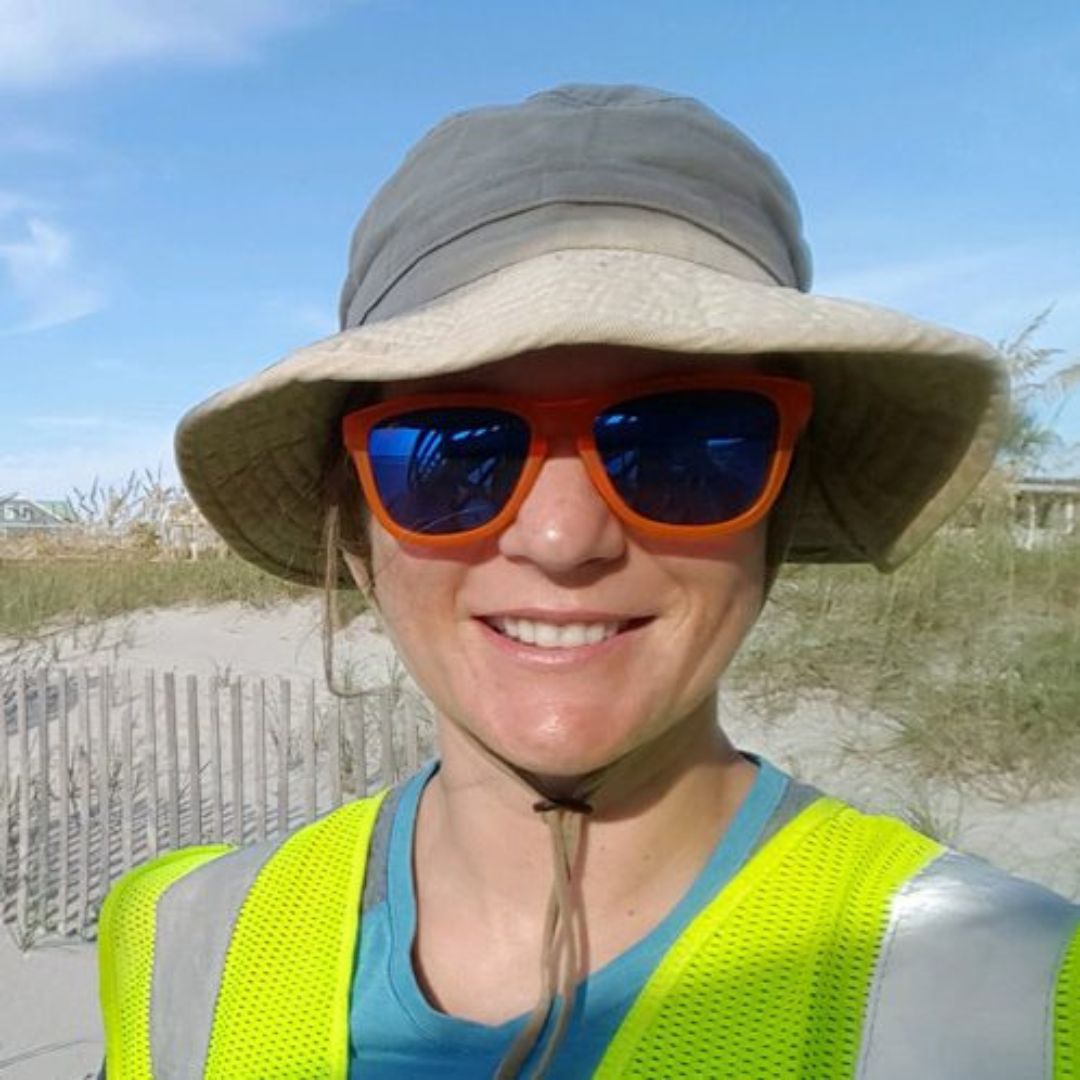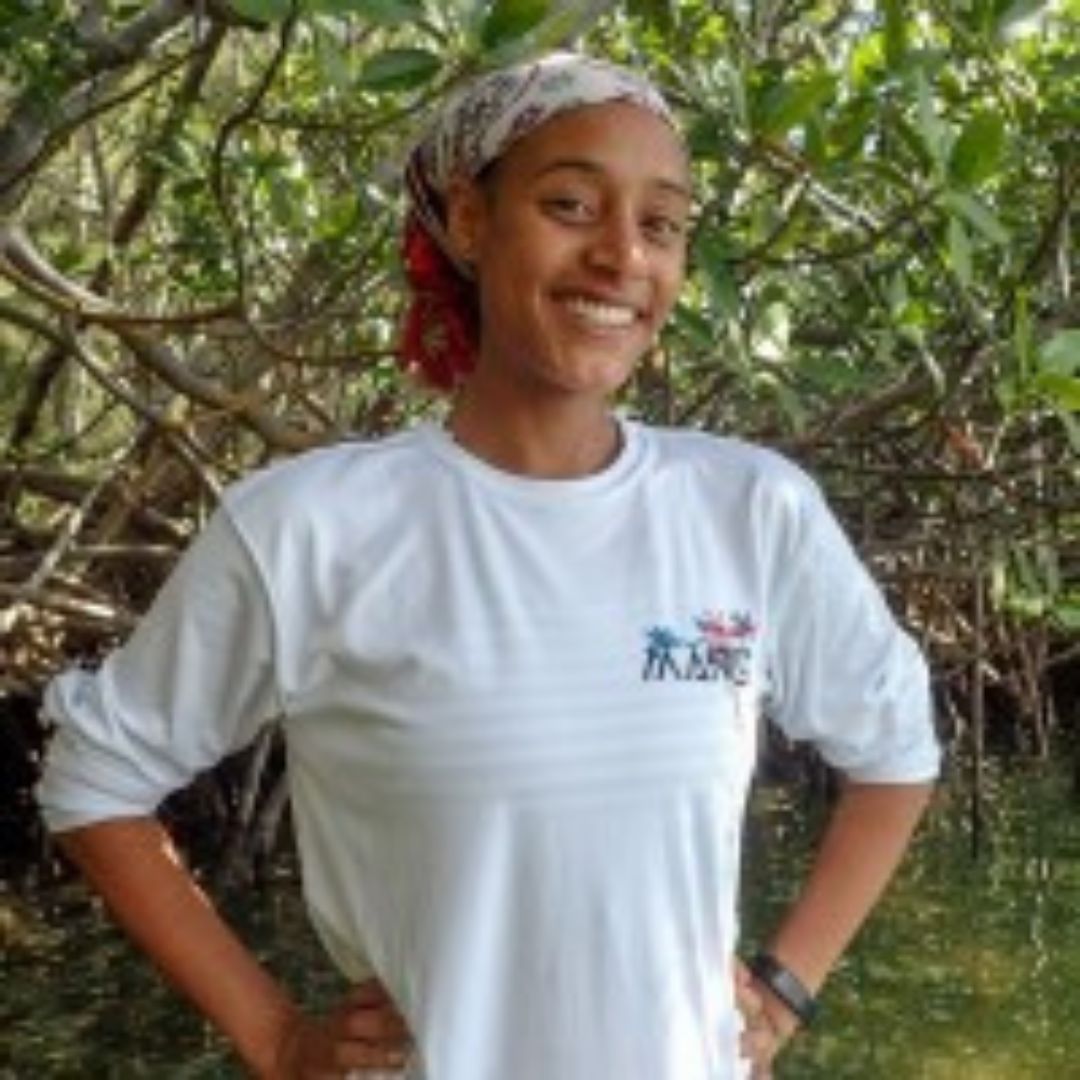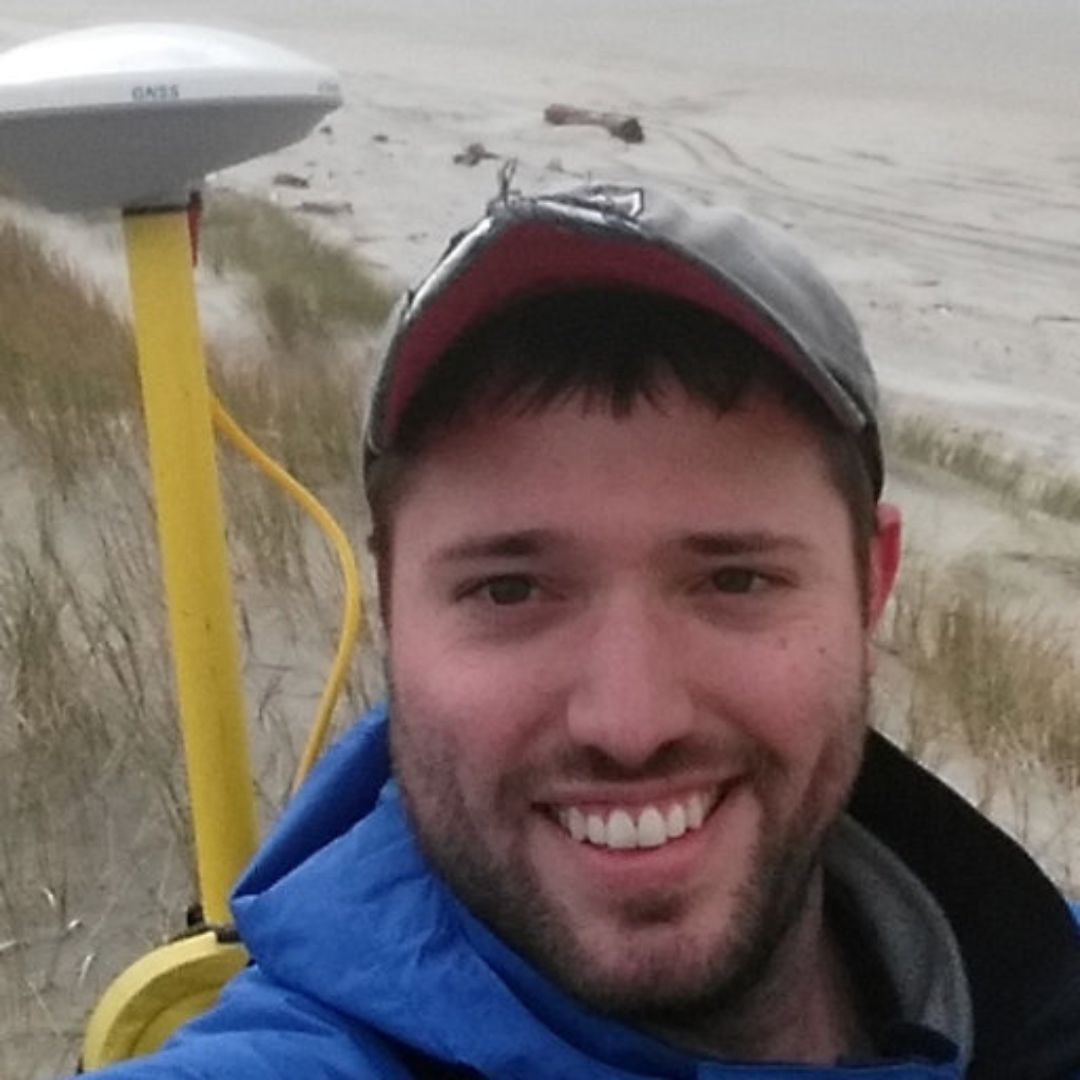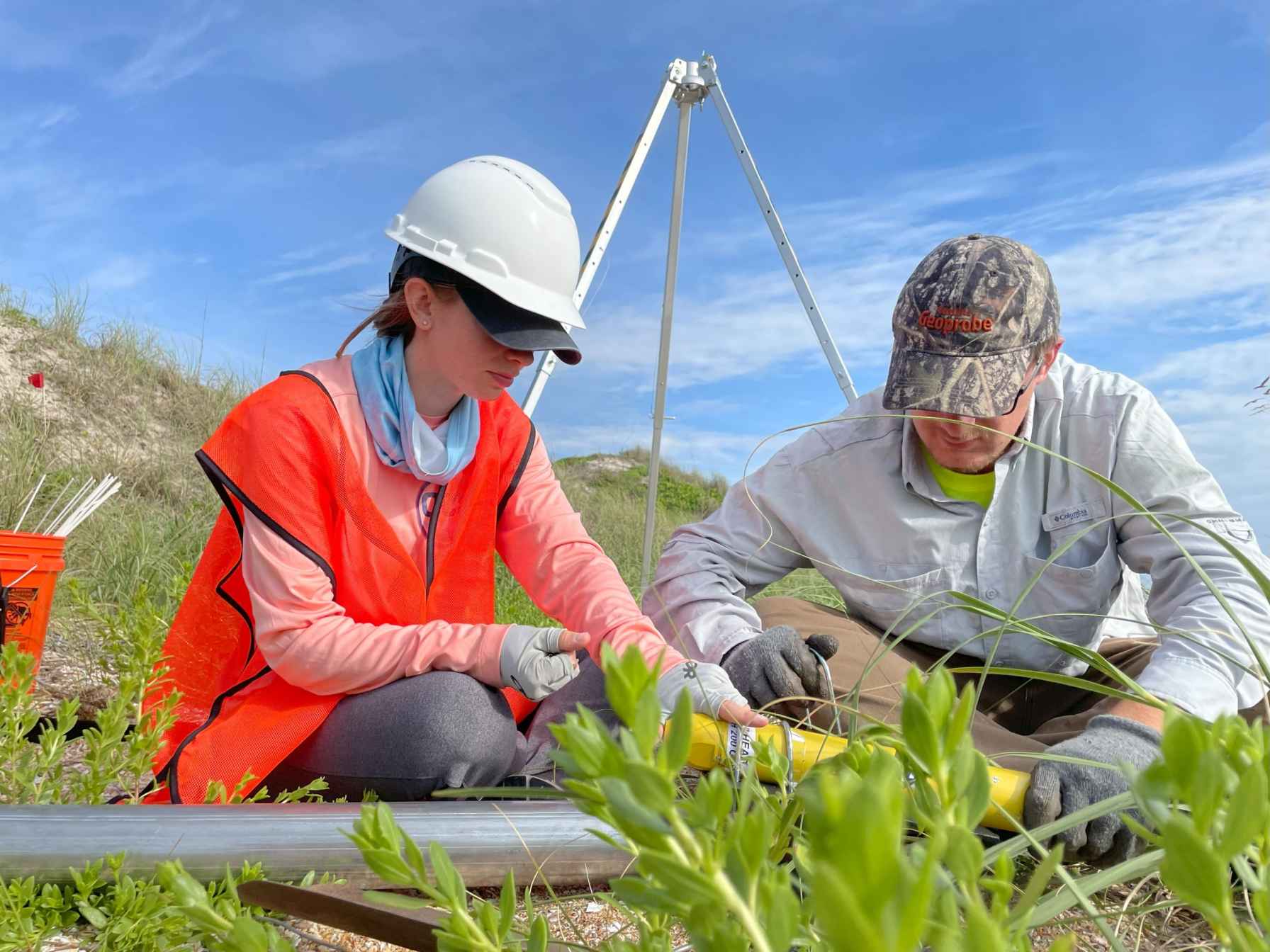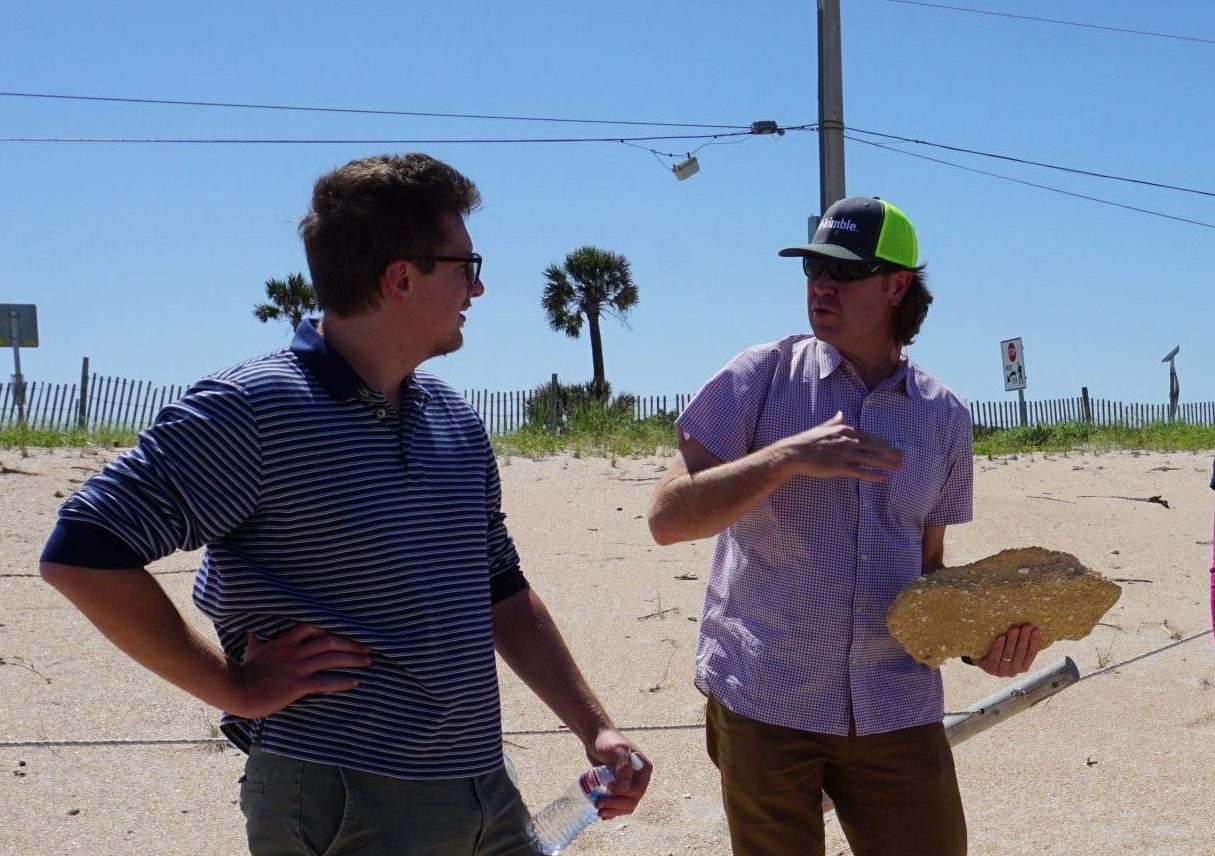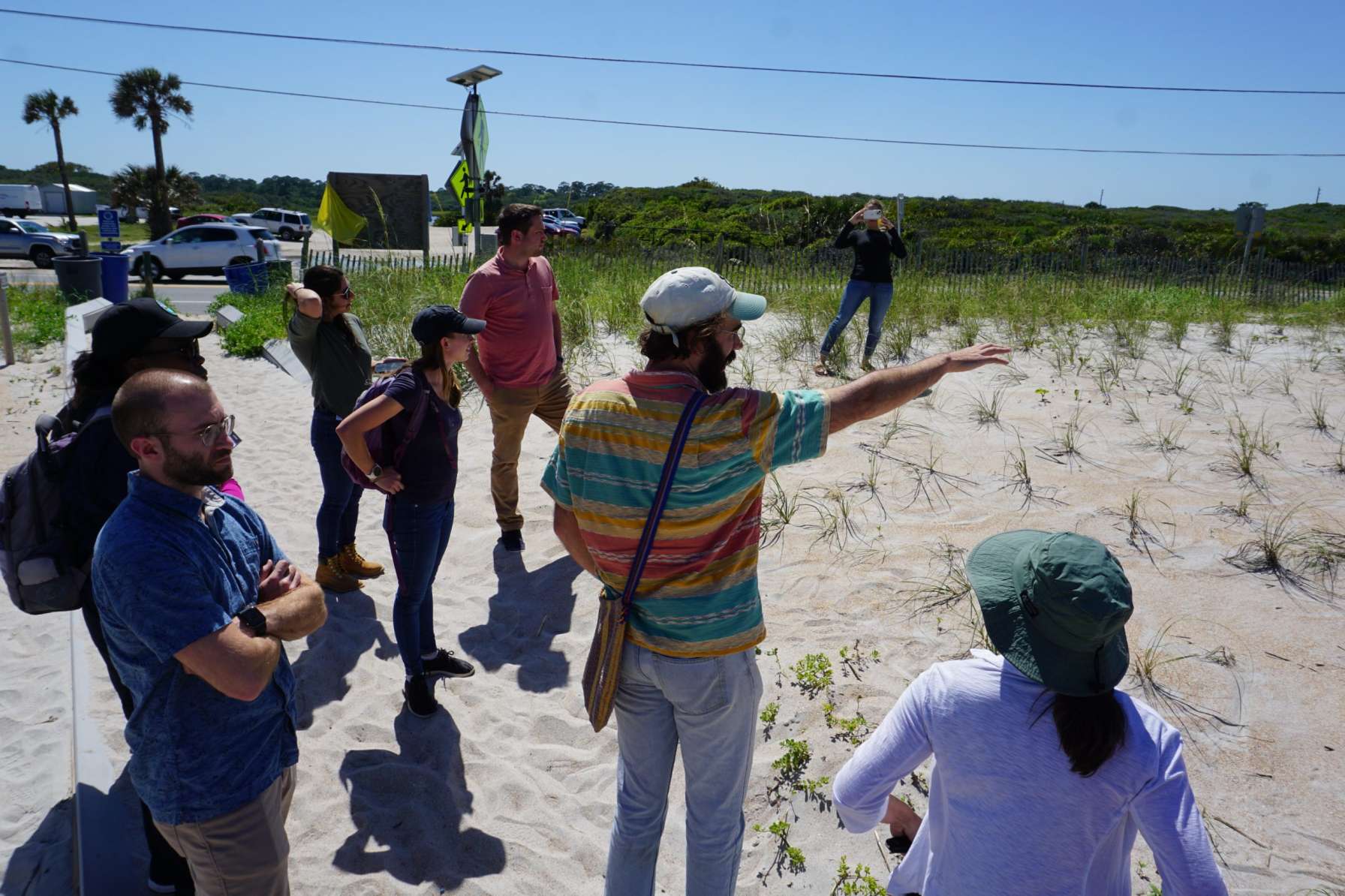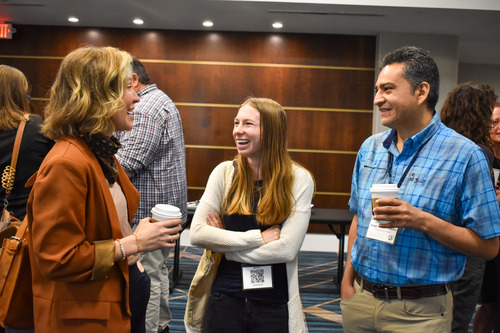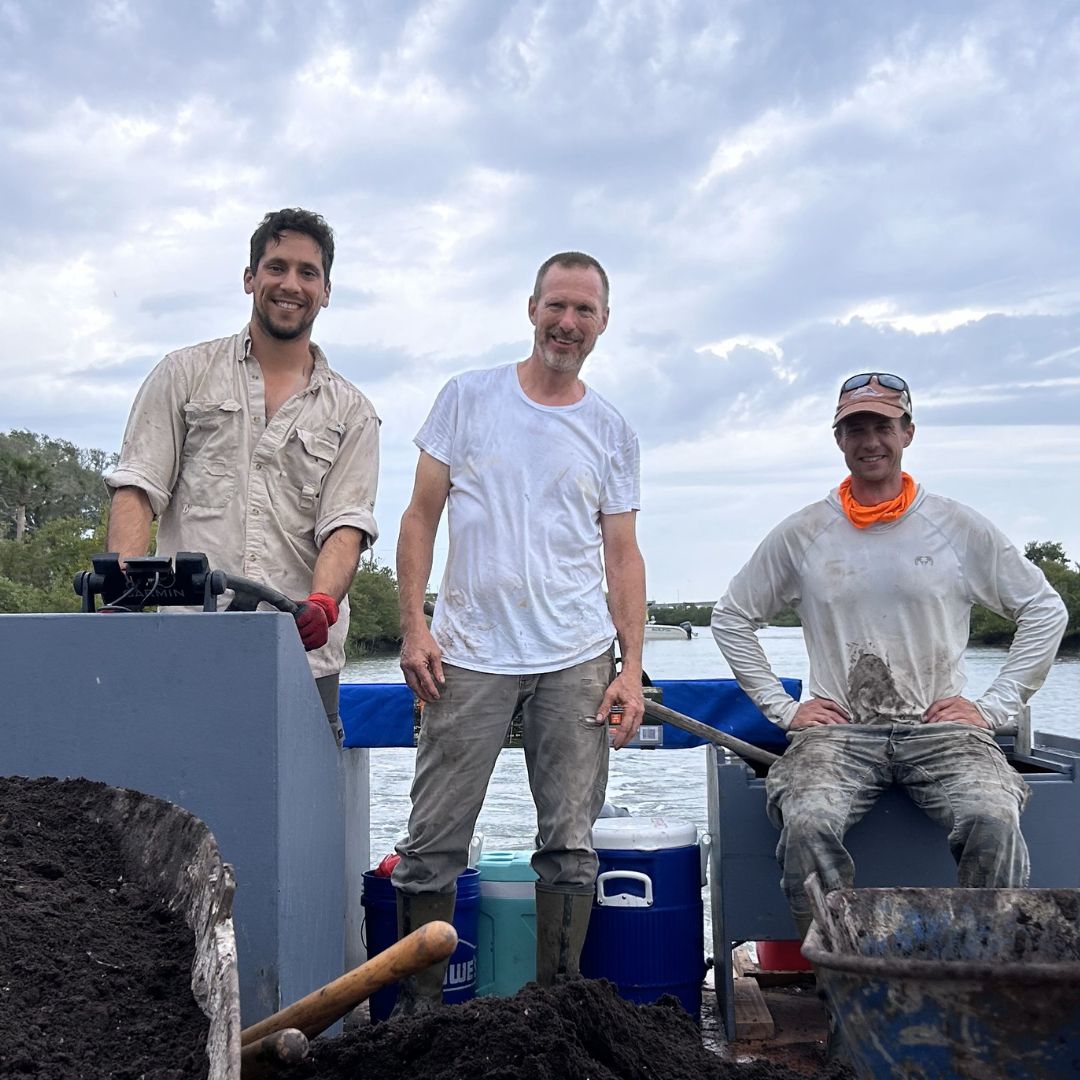Challenge
For large-scale shoreline restoration, traditional engineering approaches, such as sea walls and bulkheads, can have adverse effects on the environment and are often temporary solutions. The Engineering Research and Development Center (ERDC), the scientific division of the U.S. Army Corps of Engineers (USACE), is developing new techniques through its Engineering With Nature® (EWN) initiative, the goal of which is to improve the nation’s ability to address natural disaster impacts and protect natural resources using natural solutions. CCS scientists are working alongside ERDC engineers and researchers to develop a framework for coastal dune and wetland resilience projects in Northeast Florida, where frequent storms threaten to undermine climate adaptation efforts.
Response
The project team combines remote sensing, coastal modeling and experimental field research to advance understanding of how and why coastal landforms, including dunes, salt marshes and beaches, are changing in coastal regions. They are also exploring innovative approaches to maintaining these systems in the face of rising sea levels and intensifying storms. The team’s expertise includes marine ecology, geotechnical engineering, geomatics, physical oceanography, and geomorphology. Key activities of this $3-million project include:
- Deploying experiments to explore how plants and animal interactions affect coastal wetland and dune evolution.
- Identifying the relative impacts of wind, waves, boat wakes and tidal currents on coastal wetland loss and gain observed over tidal to multi-decadal time periods.
- Using drone imagery, high-resolution GPS, hydrodynamic instrumentation and numerical modeling of the nearshore, wetlands, beaches and dunes to identify the processes driving ecosystem dynamics.
- Improving the effectiveness of thin layer placement (TLP) of dredged sediment to restore and sustain wetlands and high energy beach-dune systems.
Funding
This Enhancing Engineering With Nature® Design and implementation in Coastal Systems Through Multi-Sector and Interdisciplinary Collaboration project is sponsored by the U.S. Army Corps of Engineers Engineering Research and Development Center.
Impacts

The use of nutrients and high-density planting by CCS researchers boosted revegetation by 3,000% within just three months, compared to traditional planting methods.

Scientists Brian Harris, Ph.D., and Hallie Fischman, Ph.D., use a Vibracore—a specialized drilling tool with a vibrating head—to collect data on dune layering in St. Augustine.
Team Leads
Research Collaborators
Partners
Project partners will help guide restoration efforts to enhance coastal landforms using knowledge gained through this project, and include the City of St Augustine, Guana Tolomato Matanzas National Estuarine Research Reserve, Northeast Florida Aquatic Preserve, Florida Inland Navigation District, USACE Jacksonville District and WSP Engineering.
Publications and Reports



